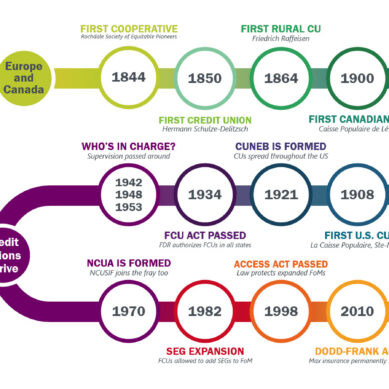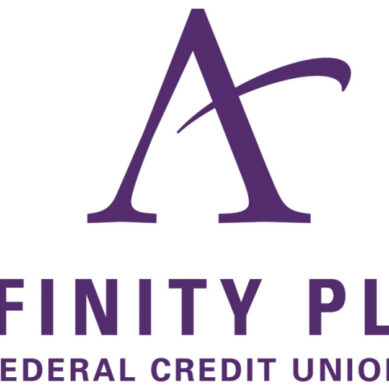What goes through your head when you hear “the auditors are coming”? For many, the reaction may be a whole bunch of work without an obvious reward. Fortunately, your audits can be much more than additional work and checking off boxes. Every one of your audits can create yet another asset for yourself, your department, your management team, and your board. How is that possible from just going through an audit? In the end, obtaining an asset from any kind of audit is all about how you approach the audit and position the report once the audit is competed. Transforming your audits to assets is all about making the engagement part of your continuous improvement process.
Get ready beforehand
Like any other process, preparation is key. After a few audits under my belt, I know what the auditors will be asking for in advance of the audit. I always ask if standards have changed, and if the auditors will be asking new questions. Making sure the information is accurate and complete will go a long way to making the outcome as favorable as possible. Before submitting anything to an auditor, be sure your review the materials as you prepare them with an eye to ensure the materials support audited subject matter. Errors here are inexcusable, and mistakes in preparation will lessen the quality of the final report.
During the audit
Once the audit starts and the fieldwork is under way, use the process to your benefit. I try to put the audit team in a comfortable area that is close to me. I check in with them often and even try and schedule joint lunches with the auditors and my team. Any peer to peer interactions that we can learn from is a benefit to us. The audit team is more in tune with new pronouncements, best practices, and proper internal controls than my team may be. This learning is a core part of continuous improvement. Our teams learn as much as we can while any audit team is on-site. We can always do things better and any improvements that can be made based on these interactions is an asset gained. Most auditors enjoy being acknowledged and sharing their expertise!
How you can benefit from the report
Assuming you were well prepared, and the audit proceeded well, you should now be in possession of a clean audit report. This report can be used as an asset of several interested parties. First, you and your team can use the report internally to support the quality work your team provides to the credit union or CUSO. Audits are report cards that certify your work product is accurate and the processes your team uses are safe and compliant with proper internal controls and industry best practices. Next, your management team can use the final audit report as evidence the board is receiving complete and accurate information for the board’s fiduciary oversight duties. Your board can use the audit as validation that they have completed their work as well. Finally, your owners will be able to use it for the due diligence that they are doing business with a safe and sound co-op/financial institution.
To be clear, it was no accident that I did not differentiate what type audit I was referring to. All engagements including CPA Audits, IRS audits, SSAE audits, security audits, etc. can all fit into this framework and prove to be assets of your credit union or CUSO. I hope this has given you a new appreciation for the audit process as well as new uses for audit reports themselves.

































































